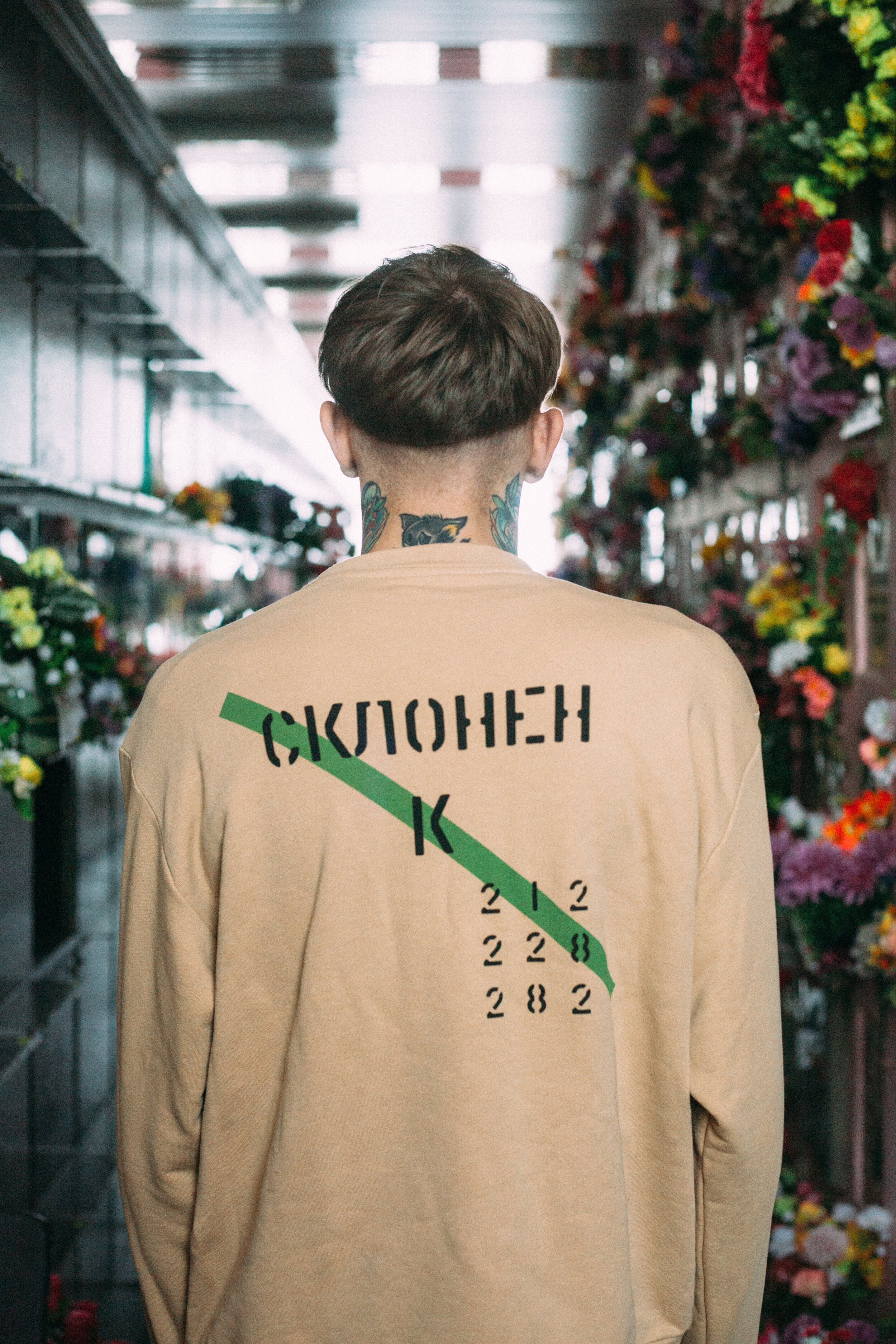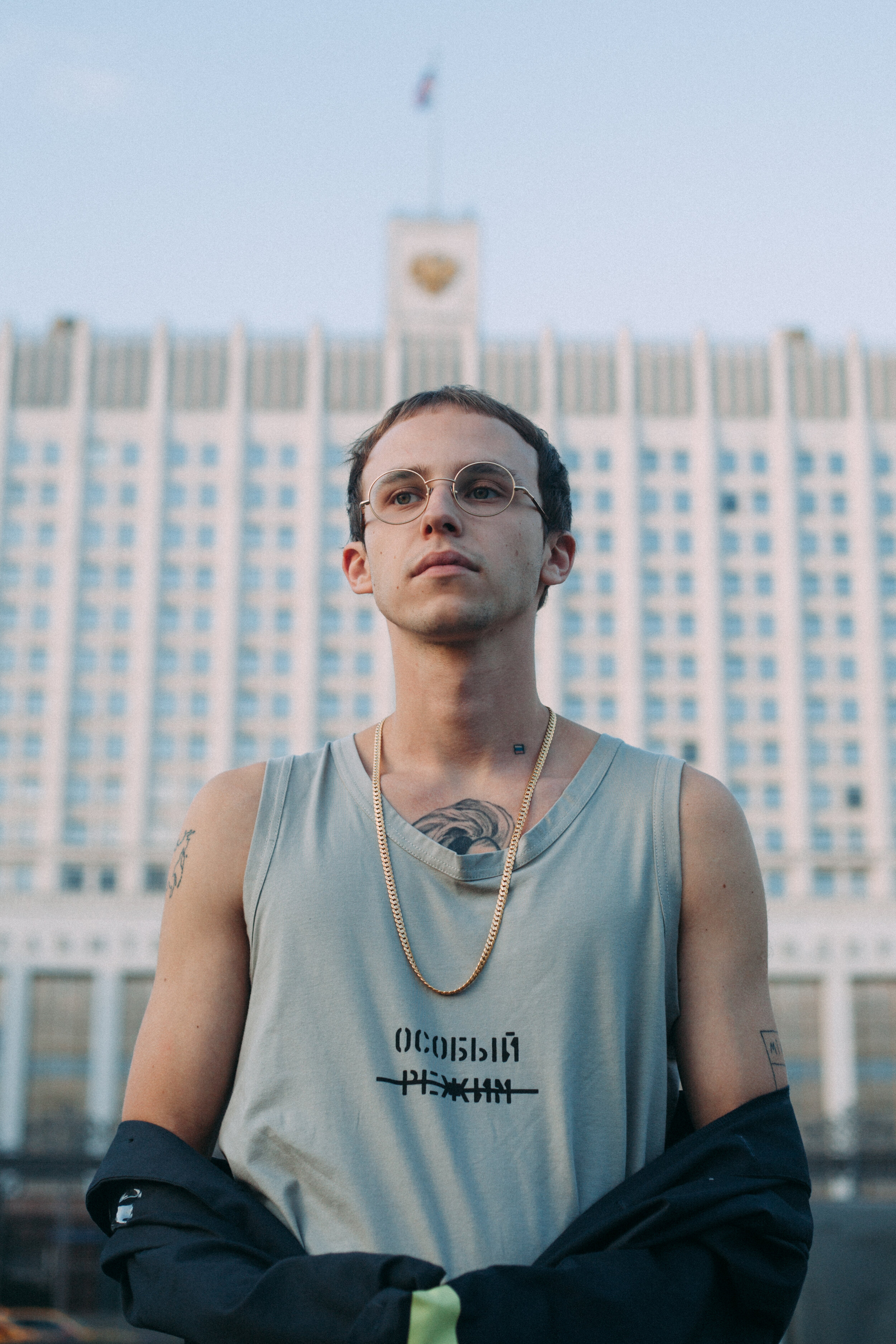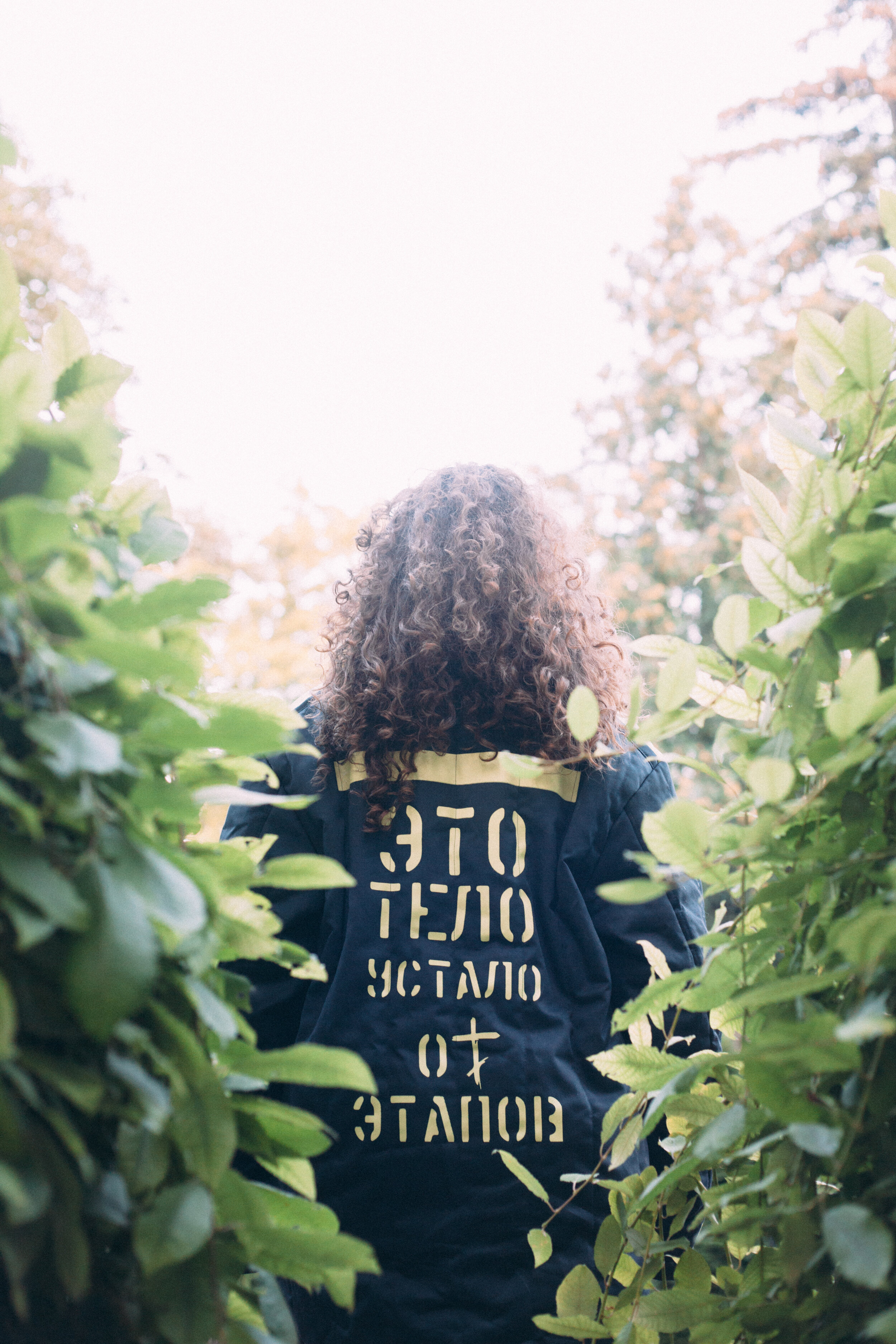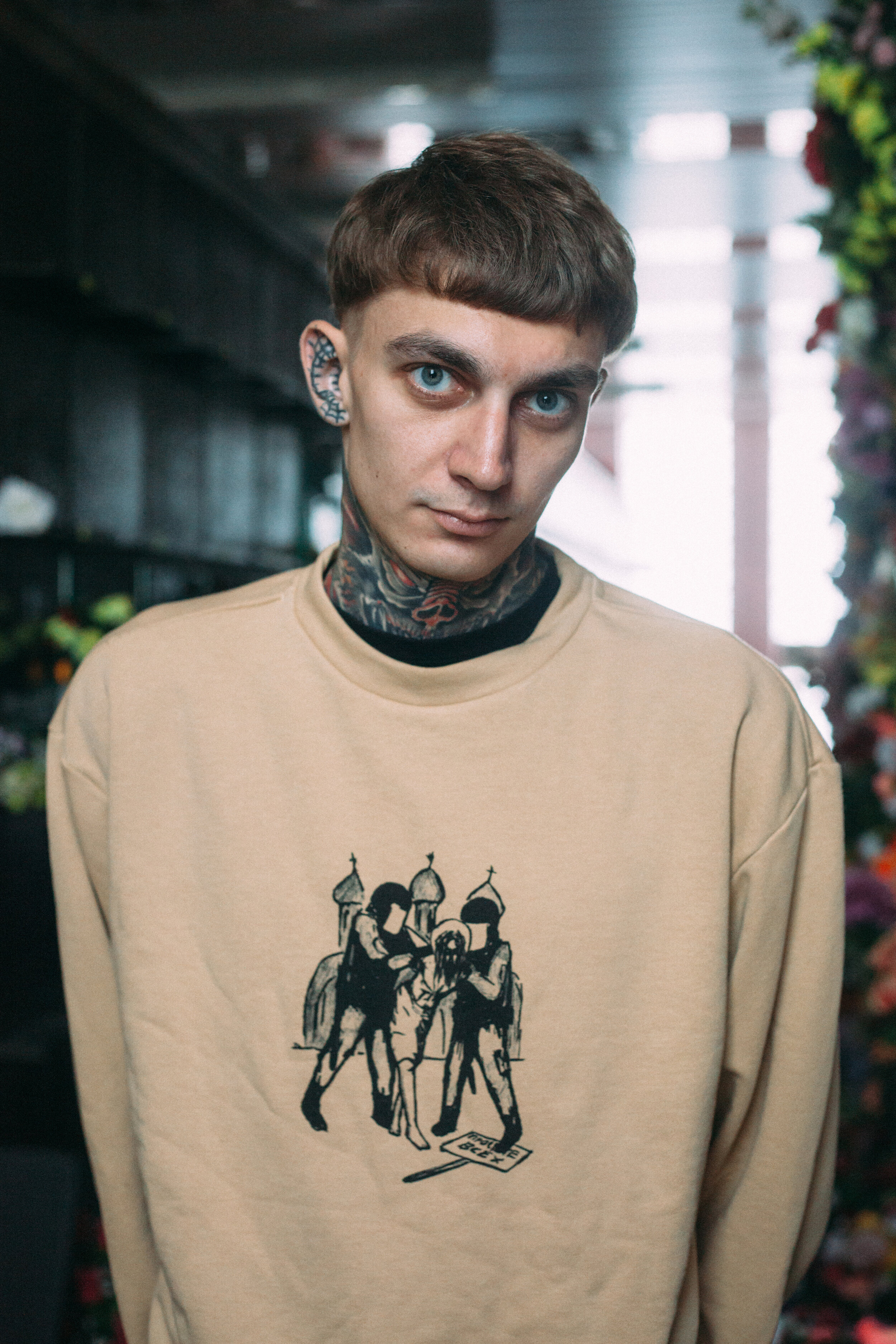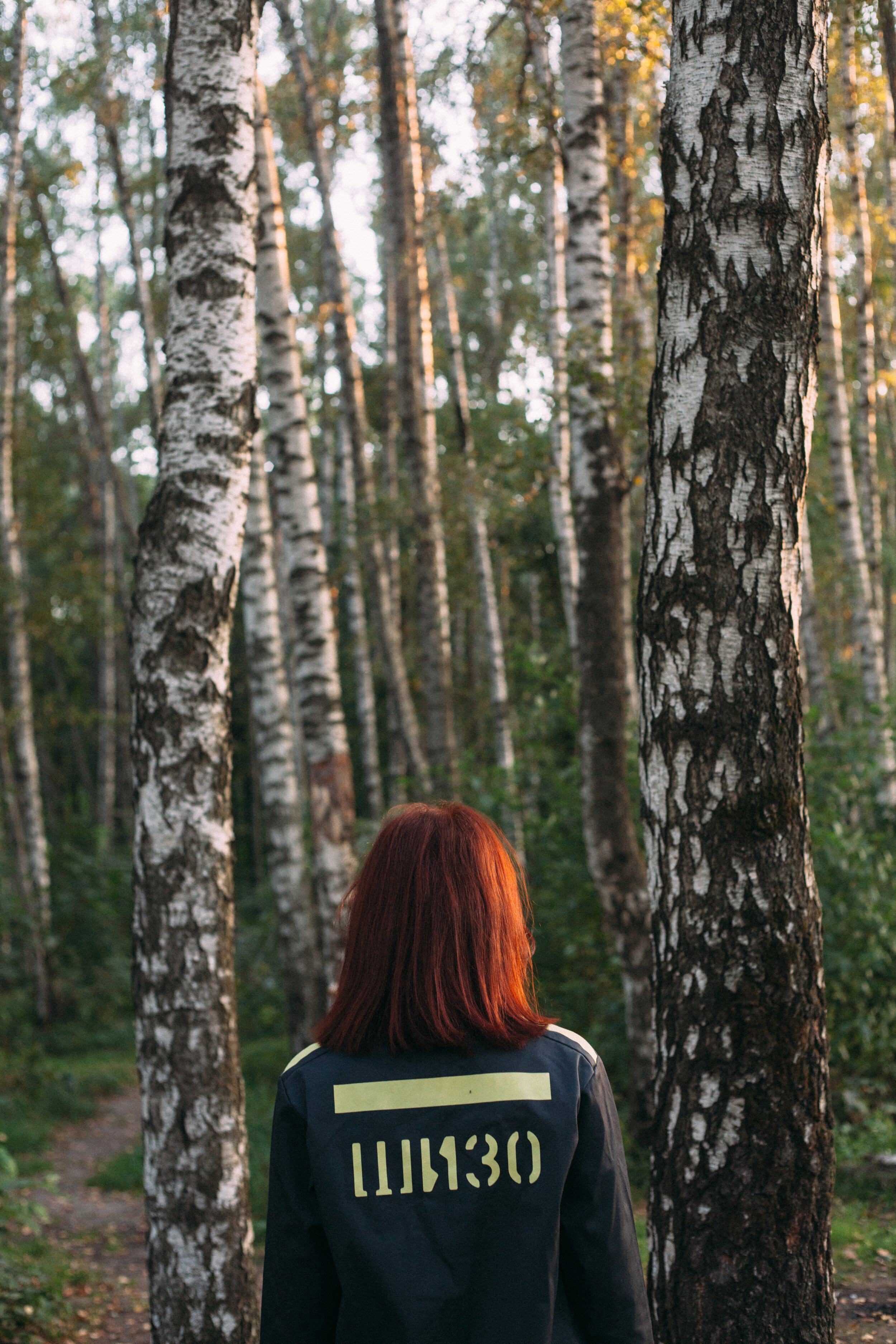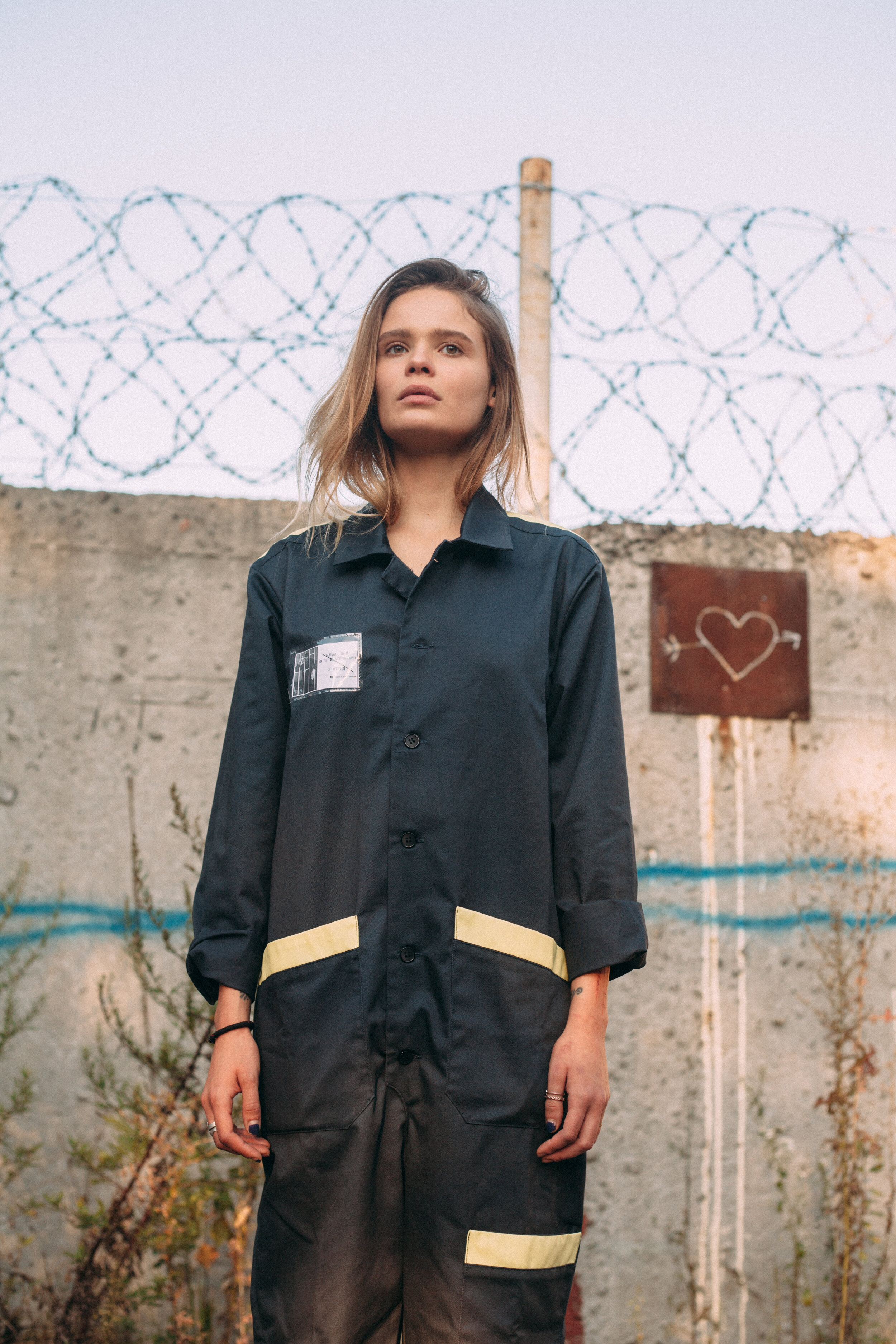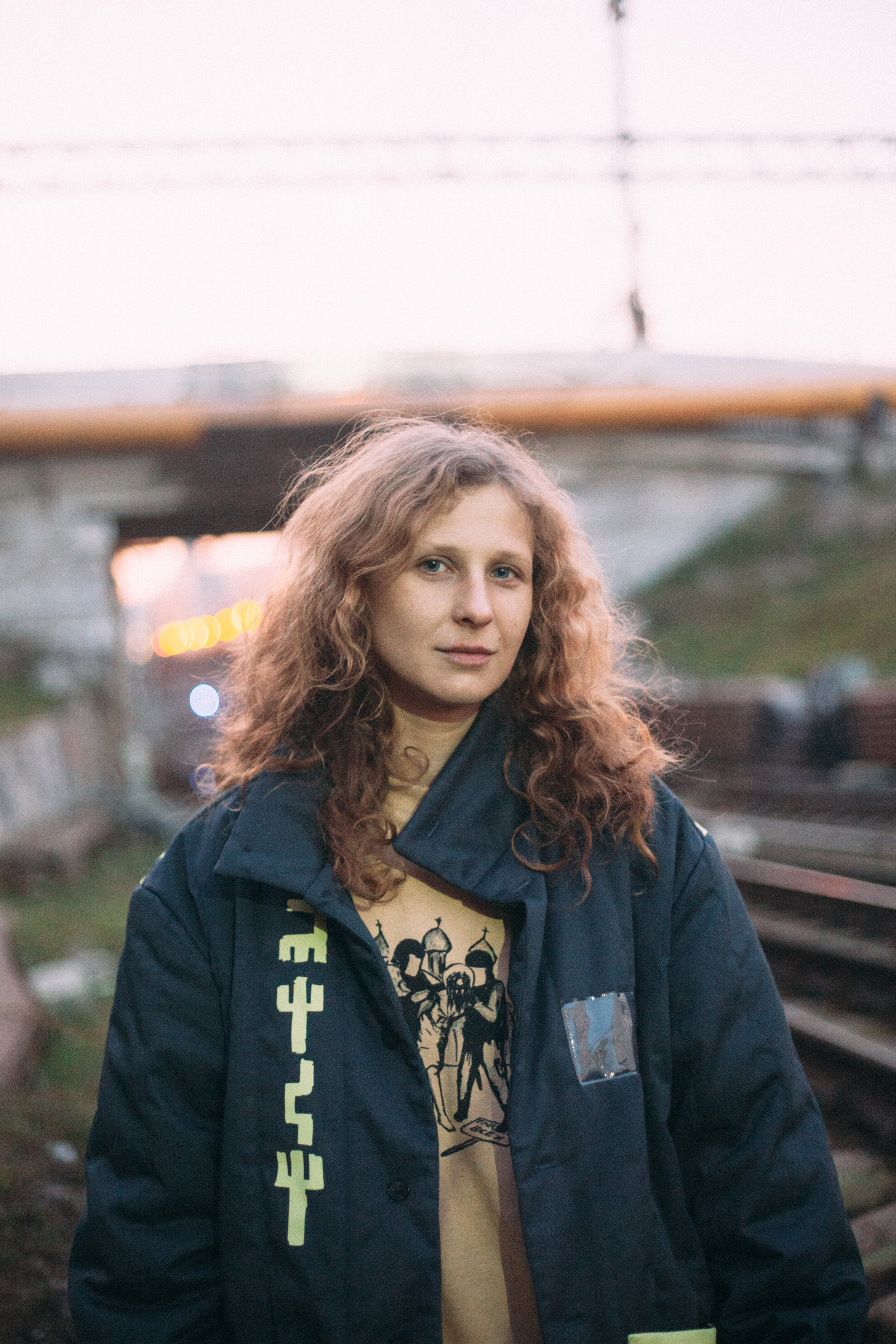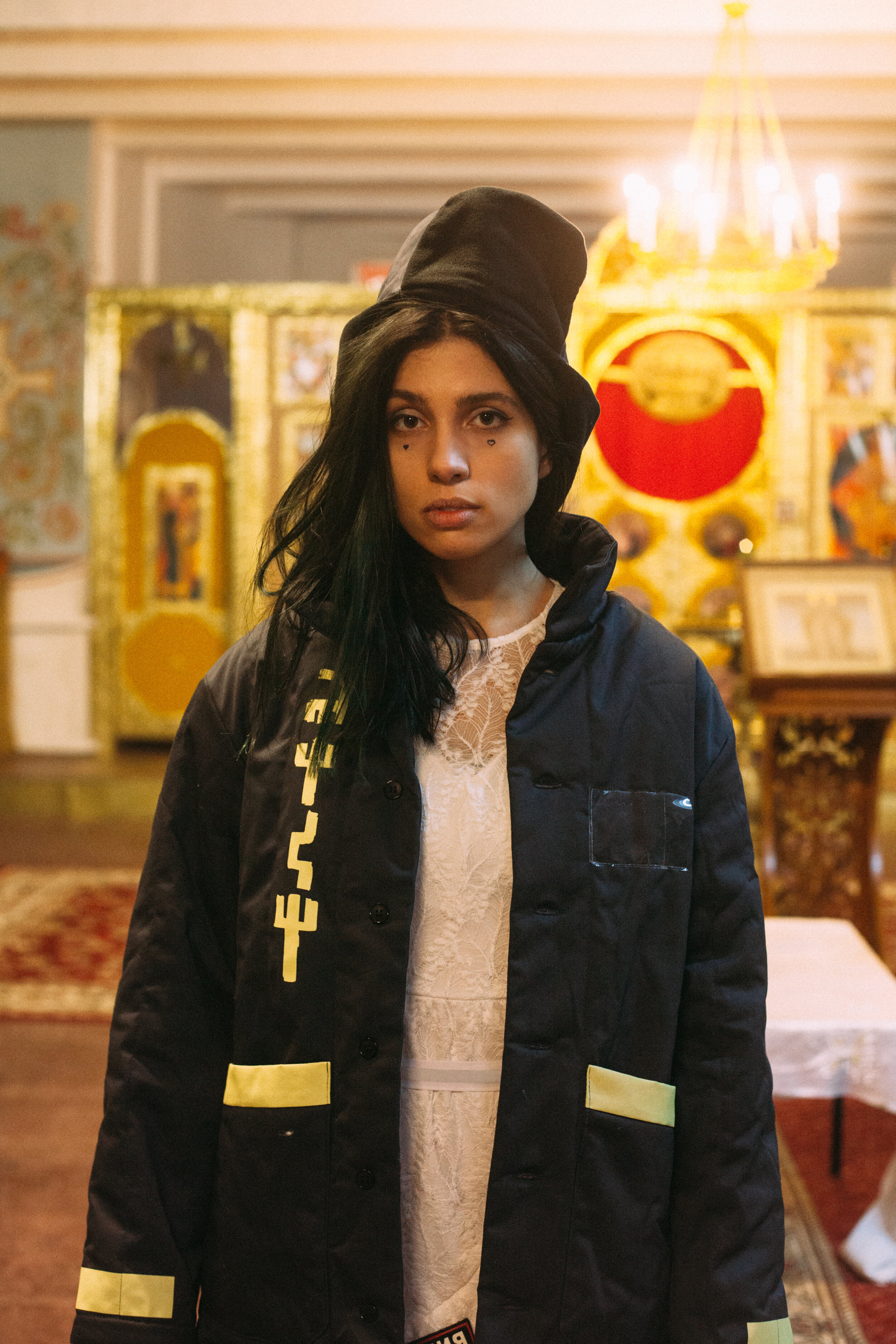Translating Paradise: A conversation with Alex Fleming
The literary translator discusses the challenges and joys of bringing Maxim Osipov’s compassionate prose to the English language.
I shouldn’t judge a book by its cover, but this book is beautiful. A cream background is littered with pencil-drawn pastel flowers, a yellow comb, and other household objects: the work of French surrealist Guillaume Apollinaire. In the upper-centre lies that fateful NYRB Square, boasting in salmon-pink type: “Rock, Paper, Scissors and other stories”. If Osipov’s name isn’t recognizable (as was the case for me) Russophiles and book lovers are welcomed in by Svetlana Alexievich, the Nobel-prize winning Belarusian journalist and historian who pens an affectionate preface.
A bit of speculative googling might bring you to Joshua Yaffa’s New Yorker profile of the author, a fantastic retelling of Osipov’s medical and literary pursuits in rural Russia and abroad. The Guardian and LARB also took the time to review, and in the latter case interview the author about these stories. In this interview, the author remarks that the titular story was, in fact, his first piece of fiction. “This doesn’t make “Rock, Paper, Scissors” my favorite — though I did put more labor into it than the others”.
“Rock, Paper, Scissors” is the fourth at-bat in this collection, and in 47 pages Osipov artfully navigates a myriad of Russian lives. With labor, comes reward: the titular story is both a playful character study, and a modern interpretation of that essentially Russian justifiable killing. A bite-sized segment published through Image Journal introduces us to the main plot: in Central Russia, a racialized woman, Ruhshona, is charged with murder in an act of self-defence. It is a sad but familiar phenomenon, and in Russia painfully close to the case of the Khachaturyan sisters, whose murder-charges were finally dropped last month. It was in this light that I reached out to Alex Fleming, one of the collection’s three translators, to learn more about how she communicated this necessary story across languages and cultures.
Jack McClelland: Osipov’s tone towards Ruhshona changes somewhat throughout the story. For most of it, Ruhshona appears only through the eyes of Ksenia and her Russian neighbours, until Osipov’s 5-page biographical spotlight on her. How did this complicate your translating of Ruhshona as both a character and a victim?
Alex Fleming: I wouldn’t characterise it as a change in Osipov’s tone so much as a narrative shift. Osipov’s prose does feature wonderful, musical changes in cadence and tone, but, as you mention, here it isn’t that the narrator’s opinion of Ruhshona changes; it’s that up until this point we have seen her only through the eyes of others. And as a young Tajik waitress who doesn’t engage in superficial pleasantries, the figure of Ruhshona brings all manner of preconceptions and prejudices to the fore. But even if these preconceptions grossly underestimate Ruhshona, they are still a very real part of her story and experience. And, as we see in this story, they have a quite decisive impact on her life.
As a reader, one of the things that I found fascinating about this story is its distinct narrative texture. The narrative voice, although omniscient, is extremely supple; it aligns with different viewpoints as the story progresses, adopts certain tics from its characters. This isn’t unique to this story, of course (the narrative voice shifts quite a lot in The Mill, for example), but I think in this story it’s particularly pronounced because the protagonists’ lived experiences are so at odds with each other’s. I remember as I translated the story feeling a tangible – almost physical – difference in my writing as I moved through its different viewpoints. Moving from Ksenia’s terse, crotchety observations to the broad sweep across time and place that we see in Ruhshona’s backstory was particularly freeing. From a reader’s perspective, these shifts are also structurally and dramatically very important.
But to return to your question! I never felt that this particular shift complicated my translation process, beyond the wider challenge of rendering this supple, tonally varied narrative in English. Ultimately, the different perspectives on Ruhshona are expressions of other characters’ voices – especially Ksenia’s – and so conveying this shift was part and parcel of capturing them. Mentally, separating these “voices” in my mind helped me to keep a grip on what I should bring to the translation and when; when the focus is on Roxana (as the ethnic Russians call her), and when the focus is on Ruhshona.
JM: (How) Was it difficult to translate the language of sexual violence—and the ways this language changes with victim blaming—between languages and cultures?
AF: Osipov’s dense, poetic prose always presents challenges in translation, but the unfortunate fact is that sexual violence is a global phenomenon. The larger questions and misconceptions we see around rape and victim blaming in this story felt sadly universal to me, even in the face of certain local specifics.
What, in my memory, required more consideration, particularly in Ruhshona’s interrogation scene, were the cultural and linguistic markers that pique the police officer’s interest in Ruhshona and disbelief in her account, sparking his U-turn from (patronising) sympathiser to antagonist. As we see in the interrogation scene, Ruhshona appears to be more “acceptable” as a victim when she is perceived as a weak, ignorant foreigner than the highly intelligent, outspoken woman she is. Some of these markers are clear from context – the police officer’s incredulity at her education and knowledge of the constitution, for example – while others required more work in translation. At one point in the Russian, the officer gleefully corrects Ruhshona’s grammar, not realising that Ruhshona is in fact using an archaic, Church Slavonic conjugation. In English, after much playing around (and help from other translators!), I decided to convey this with a brethren/brother opposition, which implies a similar command of register and language (and lack thereof in the officer). Although minor linguistic points, these subtle markers bear a lot of weight in the shifting power dynamic during the interrogation.
JM: Alexander Blok’s “Retribution” is called upon by both Ruhshona (p. 89) and the mourning literature teacher (p. 94). What connection did you see between these two characters while translating this poem? Do they have a bond beyond erudition?
AF: Yes, I think so. The double reference to Blok is certainly intentional, highlighting their shared background (in literature), but the citations are also taken from very different sections of the poem, and used with different intents. Where Ruhshona invokes the poem unwillingly, to explain the fall of the USSR, the section the teacher references is about seeing beauty in the world, even when events conspire against you. This reflects their different outlooks quite well, I think. Ultimately, Ruhshona is disillusioned with literature and the arts, the “tinsel” we wrap our lives in, while that is precisely where the teacher – and Verochka – turn for solace and answers.
But there are also wider similarities. Osipov is a compassionate storyteller, and what links all three protagonists is a sense of loss – personal and national. As I see it, Ruhshona and the teacher respond to this loss by turning in on themselves in reflection, while Ksenia’s focus is outward – on consolidating power, keeping up appearances. Whether any of those trajectories will remain the same after the end of the story, however, is unclear. But I see this story as one of how people find purpose in the face of pain or loss – be that purpose a positive or negative force.
Maxim Osipov in Tarusa. Photo by Elena Anosova (anosova.com) for The New Yorker
JM: What challenges came up in your translation of rural Russian attitudes towards Central Asians? Osipov’s characters imagine Tajiks as “Asiatics” (p. 80), and this may be connected with a fear of terrorism (p. 75). As narrator, Osipov himself claims, “Theirs is a nation of criminals; the exceptions only prove the rule” (p. 69). How did you hope to translate this—somewhat bigoted—cultural dynamic?
AF: I would disagree that Osipov himself makes that claim – that particular statement is framed as Ksenia’s perspective – but yes, this story does touch on racial and national tensions in rural Russia, particularly with regard to migrant labour. Russia is by no means unique in this phenomenon – it is quite prevalent in the Angloshpere – but the dynamic is slightly different here as these nations all formed part of the same state within quite recent history.
In any case, we see bigoted, racist, dehumanising tropes about Central Asians littered throughout the narrative, voiced by characters that believe them. And not only slurs: we also see how these corrosive views seep into the treatment of Central Asians. One character openly exploits Central Asian workers, and, when two such workers are put on trial, their lawyers can hardly be bothered to defend them. As a translator I don’t feel my job is to explain, minimise or domesticate these dynamics so much as to make it clear to an English reader what is happening; what is at stake. And part of that is translating racism with racism.
The language of racism is, however, quite specific, and English doesn’t have slurs for Central Asians in the same way Russian does (“чурки”, “чучмеки”, “чёрные”, to name a few from this text). Some of these slurs are also more acceptable than others. I felt that the truest way to translate them was to focus on their intent. As a result, my solutions all vary – from ethnic, to national, to physical insults, with a few “fuckings” thrown in for good measure. I don’t think the reader has to fill in too many blanks.
JM: Do you see Russia as multicultural?
AF: This is a portrayal of a specific kind of racism in Russia, but of course racism also appears in many other guises and under many other pretexts. There is no doubt that Russia is a multicultural nation, statistically, but that is not to say that minority cultures are nurtured, protected, or given space in mainstream culture.
Alex Fleming (@xelafleming) is a literary translator from Russian and Swedish to English. She holds an MA in translation theory and practice (UCL) and was one of three translators of Maxim Osipov’s Rock, Paper, Scissors, and other stories. Maxim Osipov is a writer and doctor based in Tarusa, Russia. This is his first English publication and is available through NYRB Classics.
A Special Regime: Interview with Oleg Navalny
A year after his prison release, Oleg Navalny has created a new line of clothing and tattoo sketch showcase at Moscow’s ART4 Gallery. He was arrested in December 2014 on what are widely perceived as trumped-up charges of fraud, going on to spend 3 & 1/2 years in prison, where, as the Calvert Journal reports, he produced an illustrated prison-themed calendar and online game, in addition to numerous tattoo sketches. Since his release last June, he has done a collaborative clothing line with Kultrab and published a book, 3 & 1/2, about his time behind bars. I spoke with him over email to learn more about the new clothing line, Russian prison tattoos, and where these fit within Russia’s surge of civil disobedience this summer.
Jack McClelland: To start, I’m curious about the clothes. Why do you think clothing has become such an important part of activism in Russia?
Oleg Navalny: With the help of clothes, it is easy enough to express your position, it is like an endless single protest that you wear all day. I do not think that clothes are a very significant part of activism, but with the help of it, it is quite easy to attract the views of people, make them think about the problem. Also do not forget that people like to look defiant and cool.
JM: Can you tell me about the phrases like «Особый режим», «Склонен к побегу», & «Это тело осталось от этапов» that are printed on the shirts and jump-suits?
ON: «Особый режим» - “Special regime” - the name of my collection - this is one of the most stringent isolation regimes for convicts in Russia. In this regime criminals sentenced to life imprisonment (or in case of especially dangerous recidivism) are serving their sentences. Everything is like this in Russia - we are all sentenced to life imprisonment of Putin’s reign with his especially dangerous recidivism.
«Склонен к побегу» - “inclined to escape” - this is a characteristic that is given to some prisoners who attempted to escape or prepared for it in the opinion of the prison administration. In prison, the administration hangs up many different labels – “inclined to suicide” (very often convicts cut their veins in an attempt to stop police beating and torture), “prone to disorganization” (when convicts try to organize themselves to withstand humiliation and beatings) and so on - prisoners are forced to wear such labels on their prison uniform. Many people want Russia to finally become free, and Putin’s regime without thinking considers this an attempt to escape from their prison.
«Это тело устало от этапов» - “This body is tired of the stages” - this is a rephrase of the legendary prison tattoo “these legs are tired of the stages” which were made by arrestees who were sent through many prisons (this process is called the “stage”). In Russia, there was the stage of serfdom, the stage of totalitarian communism, the stage when yesterday’s Komsomol members took the wealth of the country into their pockets, the stage when they killed the newly born freedom, the stage when the KGB guys became new nobles. Russians are tired of these stages, we want to live free and develop like any civilized country.
JM: Some of the t-shirts also feature sketches—a barbed wire smile on one, and Dostoevsky in a tracksuit on another. When did you make these, and why the white jagged background on some?
ON: All the sketches that were on my clothes were painted during my imprisonment. Strangers wrote letters to me with requests like “please draw Dostoevsky squatting in adidas" and the like. On T-shirts, the drawing is applied to the white fabric that is sewn to the T-shirt - this symbolizes tracing paper: a sketch for a tattoo is usually drawn on it for subsequent transfer to the skin.
JM: You spent three & a half years in jail, where you were an avid sketcher. You later published a book about this experience in Russia called 3 ½, where you mention a project called “TRAP” (Tattoos from RussiAn Prison). Can you tell me a bit about this, and how prison tattoos fit into Russian activism?
ON: I do not know what to tell you about the prison term and the book. Well, I spent 3 and a half years and specially wrote a book with a detailed description of this process so as not to answer questions about it (which are nearly the same). Although this did not help, questions are still asked. With tattoos, the same story as with clothes, but removing them is harder. Actually, they were born as a result of protests and self-organization of prisoners. In general, you can read more about the project on gotchif.com.
JM: Your recent opening at ART4 in Moscow featured some of these sketches, and guests were even able to have them tattooed on the spot. What was the motivation behind this show?
ON: The motivation for both exhibitions and tattoo sessions in the museum is very simple - to draw public attention to the problems of observing rights and freedoms in Russia. Well, actually all the proceeds from the sale of sketches (which will take place at an auction at the end of the exhibition) will be directed to the anti-corruption fund, whose activity is precisely aimed at protecting these rights and freedoms.
JM: How is your work fitting into the already busy summer of protests in Russia—and in Moscow specifically?
ON: The exhibition was planned long before the summer, when Moscow protests didn’t come to agenda - it just coincided that the exposition of prison sketches co-existed at a time when Moscow especially looked like a prison - all these crowds of “black astronauts” on the streets, beatings of innocent, random people thrown into prison and so on.
JM: Can you say a bit about the direction of funds from the clothing line—how are they supporting activism in Russia?
ON: As I indicated above, all profits from the sale of my art will go entirely to supporting the activities of the anti-corruption fund. The same thing was planned to be done with a profit from the sale of the clothing collection, but unfortunately on the night of September 5-6, they were completely stolen by police officers during searches of the fund. I say it was stolen and not confiscated, because no documents were issued by police. But okay - I’ll think up a collection even cooler and collect even more donations.
All photos by Alexander Sofeyev. Keep up with the line’s online release here, and the gallery showing here.
'All B****** Welcome': Interview with the organizers
Walking the line between femme-day block party and syllabus-based lecture-series, Shkola Suk hoped to create a space for modern Russian sisterhood, in its various forms. Speaking with organizers a week after the first session, I hoped to get a sense of how an event like this comes together and unfolds, and what a safe space in Moscow looks like in the summer of 2019.
Read More'Slave of the Cult': Interview with Egor Eremeyev
Kultrab is a Moscow-based clothing company that focuses on social issues in Russia with its collections. I spoke with Kultrab’s cofounder Egor Eremeyev to learn more about their festival, Russian drug policy, and how their brand is using fashion to spark social change.
Read More



